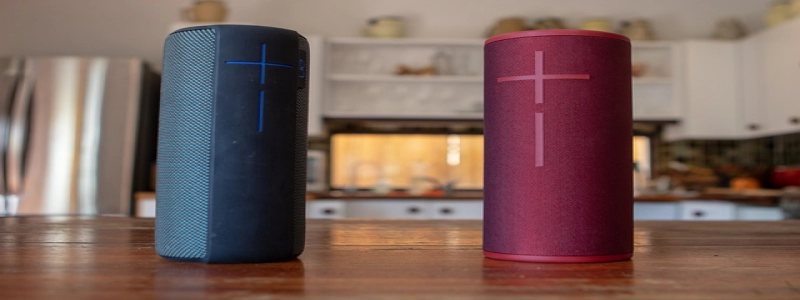Single Mode Fiber to Multimode Fiber
Introduction:
In modern telecommunications, the demand for high-speed data transmission has been increasing rapidly. Optical fibers have become the preferred medium for transmitting large volumes of data over long distances. There are primarily two types of optical fibers used: single mode fiber (SMF) and multimode fiber (MMF). This article aims to explain the process of converting single mode fiber to multimode fiber, highlighting the benefits and challenges associated with this conversion.
1. Definition and Characteristics of Single Mode Fiber:
Single mode fiber is a type of optical fiber that allows only one mode of light to propagate. It has a small core diameter (usually 8-10 microns) and requires a laser as the light source for transmission. Compared to multimode fiber, single mode fiber offers higher bandwidth and longer transmission distances. It is extensively used in long-haul applications, such as intercity and transoceanic communication.
2. Definition and Characteristics of Multimode Fiber:
Multimode fiber, as the name suggests, allows multiple modes of light to propagate. It has a larger core diameter (usually 50 or 62.5 microns) than single mode fiber, enabling it to accommodate different light signals simultaneously. Multimode fiber is commonly used in short-distance applications, such as local area networks (LANs) and data centers.
3. Converting Single Mode Fiber to Multimode Fiber:
Converting single mode fiber to multimode fiber requires careful consideration of the specific requirements and limitations of the network. Several methods can be utilized for this conversion:
3.1 Mode Conditioning Patch Cable:
This method involves using a mode conditioning patch cable that is equipped with both single mode and multimode connectors. The cable eliminates the modal dispersion caused by the mismatch between the single mode and multimode fibers, enabling smooth transmission between the two.
3.2 Media Converters:
Media converters are devices that facilitate the conversion of the optical signal from one fiber type to another. In this case, a single mode to multimode media converter can be used to convert the optical signal from single mode fiber to a format compatible with multimode fiber.
3.3 Transceivers:
Transceivers are optical modules that act as both transmitters and receivers. They are widely used in optical communication systems. By utilizing specific transceivers designed for single mode to multimode conversion, the signal can be successfully transmitted from single mode to multimode fiber.
4. Benefits and Challenges:
The conversion from single mode fiber to multimode fiber offers several benefits, including:
4.1 Cost Savings:
Multimode fiber is generally more cost-effective than single mode fiber. By converting to multimode fiber, organizations can save on infrastructure costs while still meeting their data transmission requirements.
4.2 Flexibility:
Multimode fiber allows for easier upgrades and modifications as the network requirements change. By converting to multimode, organizations can adapt to future technological advancements without substantial investments.
Despite the benefits, there are a few challenges associated with converting single mode fiber to multimode fiber:
4.3 Distance Limitations:
Multimode fiber has shorter transmission distances compared to single mode fiber. Converting to multimode may result in reduced transmission distances, which could be a concern for long-haul applications.
4.4 Bandwidth Limitations:
Single mode fiber offers higher bandwidth compared to multimode fiber. Converting to multimode could potentially impact the overall system performance in terms of data transmission rates.
Conclusion:
The conversion from single mode fiber to multimode fiber is a viable option for organizations looking to balance cost and performance in their network infrastructure. Through various conversion methods such as mode conditioning patch cables, media converters, and transceivers, the transition can be made smoothly. However, it is crucial to consider the potential challenges associated with this conversion, including distance and bandwidth limitations. Ultimately, the decision to convert should be based on the specific needs and goals of the organization.







